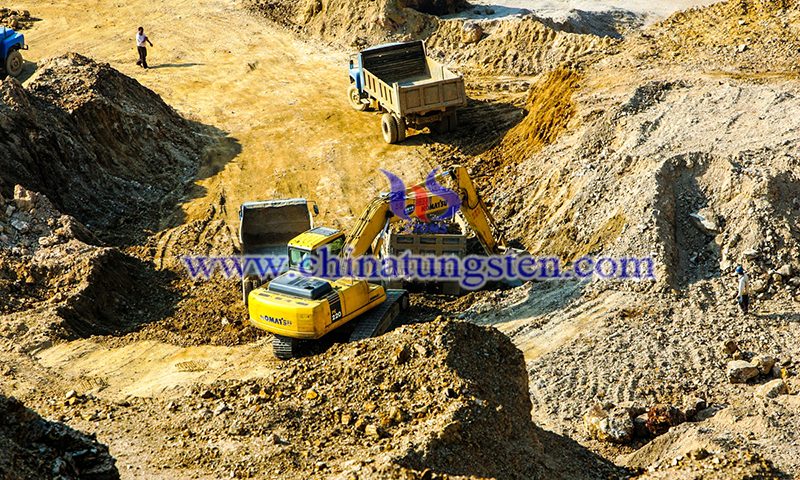China's Rare Earth Still Needs an Edge up in Tech for High-End Products
- Details
- Category: Tungsten's News
- Published on Saturday, 24 October 2020 10:26
Rare earth is a non-renewable strategic resource, known as the "vitamin" of modern industry. It is widely applied in aerospace, new energy vehicles, rail transit, information transmission, laser lighting, intelligent manufacturing, and other fields in China, as well as in the word-wide area. Rare earth elements (REEs) are also used to manufacture missiles, radar, submarines, satellites, fighter jets and other high-tech weapons are irreplaceable core materials.
REEs refer to lanthanide elements and the first two elements of the same family, scandium and yttrium, a total of 17 elements. REEs are regarded by all countries as a key raw material to compete for the strategic commanding heights in the future high-tech field.
The United States lists five REEs, dysprosium, neodymium, terbium, europium, and yttrium, as "the most critical materials for clean energy technology and supply risks". Japan proposes an element strategic plan to reserve rare-earth resources, technological progress, resource acquisition, and search for alternative materials.

The EU put forward a list of critical raw materials and included 27 key raw materials such as heavy and light REEs in the scarcity list. Australia plans to invest 5.7 billion Australian dollars (approximately RMB 27.755 billion) to provide development support for 15 new rare-earth and key mining projects.
China is rich in rare earths reserves. According to the white paper "China's Rare Earth Status and Policies" in June 2012, our country's reserves were 18.59 million tons in 2009, accounting for about 23% of the world's total reserves and supplying more than 90% of the global market demand. China also occupies an absolute leading position in the mining, smelting, separation, and purification of REEs.
In 2018, the global output of rare earth minerals was about 195,000 tons, of which China was about 120,000 tons, accounting for about 62%. The global output of smelting and separation was about 146,000 tons, of which our country’s output was 125,000 tons, accounting for about 86%.
The resources are distributed in 22 provinces and regions across China. The north is dominated by light REEs, and the south is dominated by medium and heavy rare earths. The Bayan Obo rare earth symbiosis mine in Inner Mongolia accounts for 83.65% of our country's industrial reserves of REEs and is the world's largest rare-earth mine. The rare ion-type medium and heavy REEs mines in the world are mainly distributed in 7 southern provinces including Jiangxi, Guangdong, Fujian, Hunan, and Guangxi.
"Although rare earths are our country's advantageous resource, high-end products are insufficient and limited to other countries." Shen Baogen, a researcher at the Institute of Physics, Chinese Academy of Sciences said.
The United States, Australia, Brazil, Russia, and other countries also hold abundant rare earth reserves. Compared with extensive mining, primary processing, and cheap sales, how to make the industry stronger through technological innovation is more important.
- Rare Earth Manufacturer & Supplier, Chinatungsten Online: www.chinatungsten.com
- Tungsten News & Prices of China Tungsten Industry Association: www.ctia.com.cn
- Molybdenum News & Price: news.molybdenum.com.cn
- Tel.: 86 592 5129696; Fax: 86 592 5129797; Email: sales@chinatungsten.com



 sales@chinatungsten.com
sales@chinatungsten.com